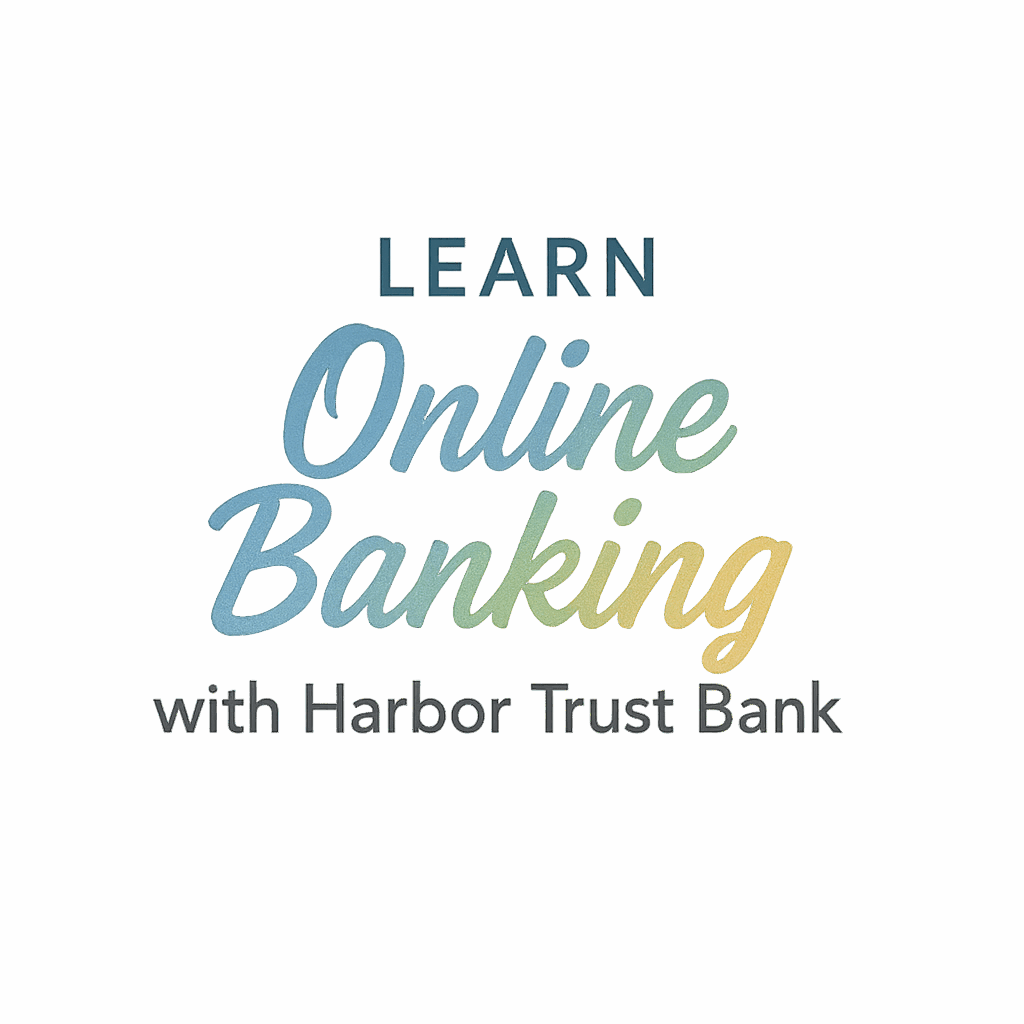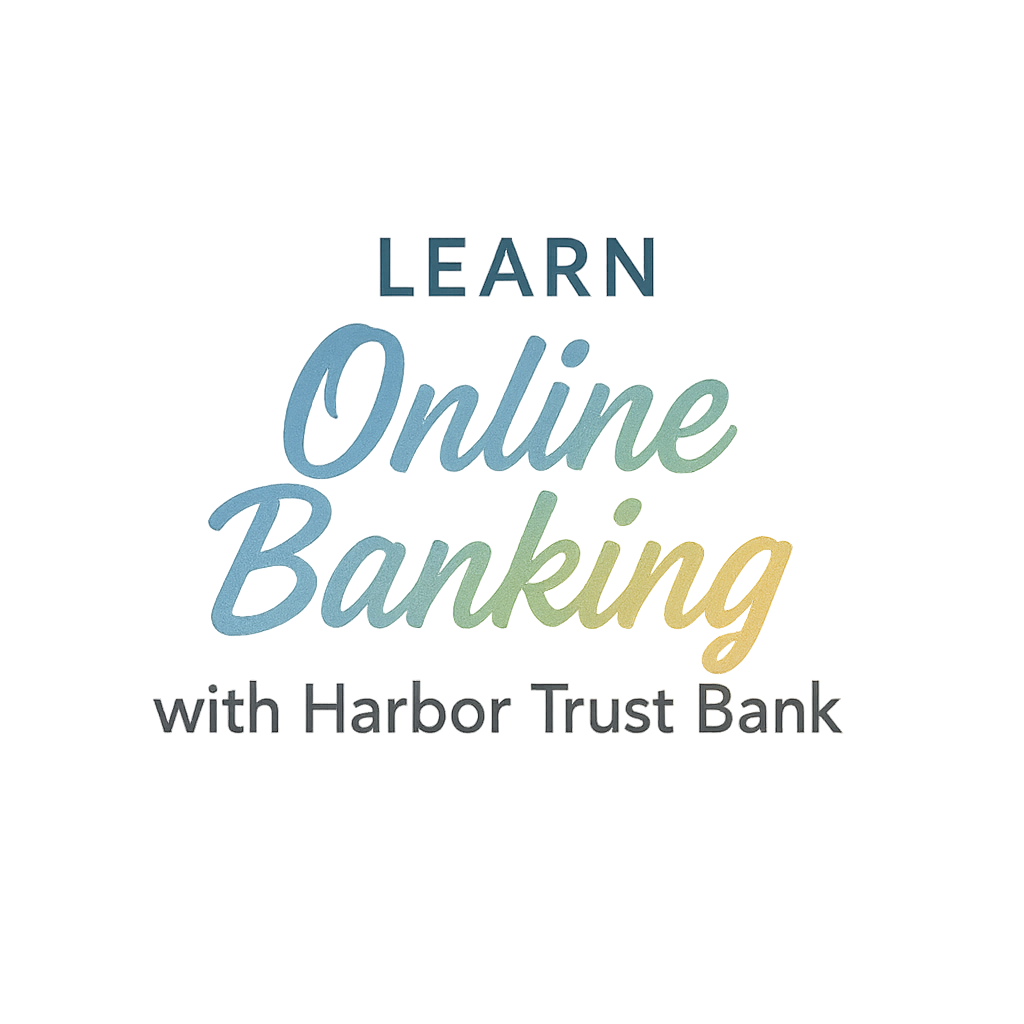Stepping into the world of online banking for the first time can feel like opening a brand-new app without instructions—confusing and a little intimidating. But don’t worry, you’re not alone! If you’re new to digital banking, you probably have a few questions. In this article, we’re breaking down the 8 most common questions beginners ask about online banking, and giving you simple, straightforward answers.
Whether you’re just starting to manage your money or switching from traditional banking, this guide will make you feel right at home in the digital banking world.
What Is Online Banking?
The Basics of Online Banking for Beginners
Let’s start with the obvious: What exactly is online banking?
Online banking lets you manage your money through your bank’s website or mobile app instead of physically going to a branch. You can check balances, pay bills, transfer funds, and more—all from your phone, tablet, or computer.
It’s designed for convenience. Whether you’re at home, on vacation, or in a coffee shop, your bank is just a tap away.
For many, the shift from physical to digital banking begins with curiosity. If you’re still considering this leap, start by reading this beginner-friendly guide on getting your financial systems in place.
Is Online Banking Safe for First-Time Users?
How Banks Protect Your Data
This is probably the number one concern beginners have—and rightfully so. When money’s involved, safety matters.
Most banks use industry-standard encryption and security protocols to keep your data secure. Think of encryption like a secret language only your bank and your device can understand.
Encryption and Two-Factor Authentication
Encryption makes sure your data is scrambled so no hacker can read it. On top of that, most banks use Two-Factor Authentication (2FA)—this means you’ll need your password and a code sent to your phone to log in.
Monitoring and Alerts
Many banks also offer real-time alerts, so you’ll get notified if there’s any suspicious activity.
For extra security tips, check out this online banking setup checklist—it’s geared for creatives but super helpful across industries.
How Do I Set Up an Online Banking Account?
Step-by-Step Guide to Getting Started
Setting up online banking is easier than it sounds. Here’s a quick breakdown:
- Choose your bank – If you already have an account, you’re halfway there.
- Visit the official website or download the app – Stick to official sources only.
- Register your account – Use your account number, email, and create a secure password.
- Set up 2FA and notifications – Adds a layer of security.
- Explore your dashboard – Take some time to click around and get familiar.
If you’re in the planning phase of financial organization, this guide on business planning offers some great principles that also apply to your personal financial setup.
What Can I Do with Online Banking?
Features You Should Know About
So what exactly can you do once you’re all set up?
Transferring Money
Send and receive money instantly—whether it’s to another account or to friends and family.
Paying Bills
Automate or make one-time payments for utilities, subscriptions, rent—you name it.
Checking Balances
No need to wait for monthly statements. Log in and see your balance in real-time.
Budgeting Tools
Many online platforms offer budgeting tools to track spending, set savings goals, and monitor progress.
What Should I Look for in an Online Banking Platform?
Key Features Every Beginner Needs
Here’s what to prioritize when choosing a digital bank:
- User-friendly interface
- Low or no fees
- Strong mobile app
- 24/7 customer support
- Built-in budgeting tools
- Compatibility with digital wallets
Make sure your bank checks off these boxes. It’s like choosing the right gear for your recording setup—fit matters! If you’re curious about the essentials of setup, check this tools and equipment post.
Can I Still Go to a Branch If I Use Online Banking?
The Hybrid Experience: Online and In-Person
Absolutely! You’re not locked into one way of banking. Think of online banking as an added convenience.
Many banks offer a hybrid model, allowing you to bank online but still visit a branch for certain transactions like cash deposits or notary services.
This flexibility mirrors how many creatives manage their careers—both online and offline.

What Happens If I Forget My Password?
Resetting Login Credentials Safely
It happens to the best of us. Luckily, resetting your online banking password is easy:
- Click “Forgot Password” on the login screen.
- Answer security questions or enter a verification code.
- Create a new, strong password.
Use a password manager to keep track of your credentials and avoid future issues.
Are Online-Only Banks Trustworthy?
Comparing Traditional and Digital Banks
Online-only banks (like Chime or Ally) are just as safe as traditional ones—as long as they’re FDIC insured.
They often offer better interest rates and fewer fees because they don’t have the overhead of physical branches. But they might lack services like in-person deposits or cash withdrawals.
If you’re running a business, consider reading this growth strategy post to understand how digital platforms can scale just like virtual banks.
How Do I Stay Safe While Banking Online?
Online Banking Safety Tips for Beginners
Protecting yourself is easier than you think. Here are some solid tips:
Secure Wi-Fi Usage
Never log in from public Wi-Fi unless you’re using a VPN. It’s like leaving your front door open.
Avoiding Phishing Scams
Don’t click links in suspicious emails or texts pretending to be your bank. Always go directly to the official site or app.
Security and smart habits go a long way—similar to staying safe in a studio environment. Check out some pro safety tips here that also apply digitally.
Conclusion
Online banking is no longer just the future—it’s the now. Whether you’re managing personal finances or setting up a side hustle, having a solid understanding of digital banking is crucial.
Once you get comfortable, you’ll wonder how you ever lived without it. It’s fast, secure, and always within reach.
And remember, online banking is like managing your own personal studio—stay organized, check your settings, keep it secure, and always keep learning. For more financial tips, industry insights, and setup advice, explore all the guides and resources at 4amRecordingStudio.com.
FAQs
1. Can I open an account without visiting a bank?
Yes! Many online banks let you sign up entirely online—just upload your ID and fill out a form.
2. Do online banks have hidden fees?
Most don’t. In fact, they often charge fewer fees than traditional banks. Always check their fee schedule to be sure.
3. How often should I check my online bank account?
At least once a week is ideal to monitor spending, detect fraud, and stay on top of bills.
4. Can I access my online bank account internationally?
Yes, but you may need to set travel alerts with your bank, and international fees may apply.
5. Is mobile banking the same as online banking?
Pretty much. Mobile banking is just online banking via an app on your smartphone.
6. What if I lose my phone or device?
Immediately log in from another device and change your password. You can also contact your bank to suspend access.
7. Do I need a computer for online banking?
Not at all. A smartphone or tablet with the bank’s app will do the trick.


